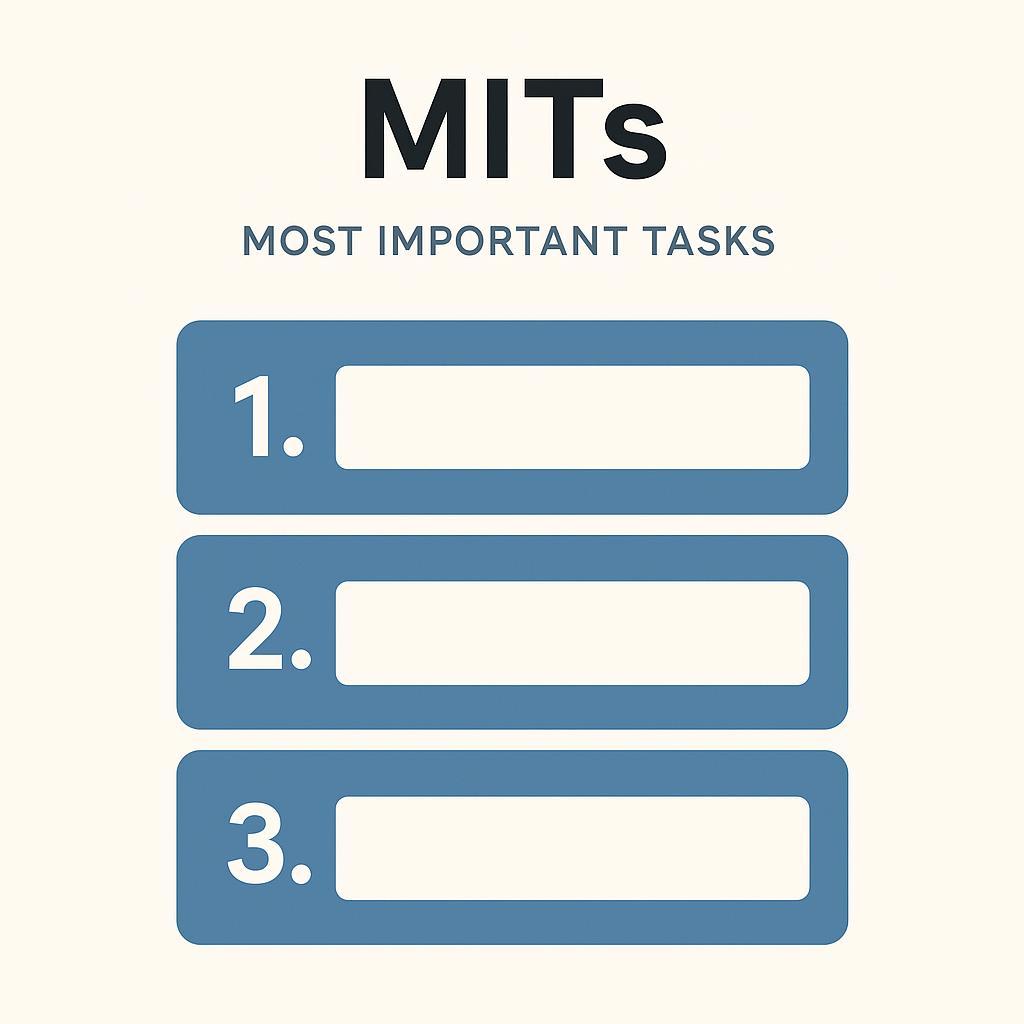

Time tactics

Careers information, advice and guidance (CIAG)
Part of the BPN Boost provision



Time tactics

Careers information, advice and guidance (CIAG)
Part of the BPN Boost provision
Aim
To develop practical strategies to prioritise effectively, protect focus and manage workload
Objectives
•Identify common time drains and analyse their impact on workload and priorities (S2, S13)
•Apply practical tools and techniques to organise tasks and manage activity effectively (K9, K12, S5)
•Use strategies to protect focus and make intentional decisions about how time is used (S2, B3)
•Develop personal approaches to working flexibly and adapting to changing operational demands (B5)



What gets most in the way for you?






This is the ‘identify the problem’ stage


What patterns do you notice – do you get pulled into reactive work more than you realise?
Sharing challenges helps normalise them…you are not the only one experiencing these pressures

The Padlet has the KSBs in full Breakout room 1
• Introduce yourself to the group
• Discuss the following prompts and prepare to give feedback


• Which time drains have the biggest impact on your ability to prioritise effectively and why?
• What patterns do you notice between your own time drains and the Padlet contributions from others?
• How do these time drains affect your team or stakeholders, not just your own workload?


• Reduce productivity and increase pressure
• Create decision fatigue
• Take attention away from strategic tasks
• Encourage reactive rather than proactive working


• Increase stress for you and your team
• Contribute to inconsistent performance
• Lead to rushed decisions


practical tools
techniques
organise tasks and manage activity effectively (K9, K12, S5)





Highlights where time is being ‘swallowed’
Helps reduce workload
Steers workload towards strategic priorities







…have the biggest impact
…move the key goal/s forward
…must be completed, even if nothing else gets done


Each day, list 1-3 tasks that make the biggest difference
Protect time to complete them before lower-value tasks
Treat your top three as non-negotiable piorities
Everything else is optional, flexible or can be scheduled later







DO: complete it now
DEFER: schedule it for later
DELEGATE: someone else can do it
DROP: remove it if no longer needed


Sort your current task list as follows:
DO: high impact, time-sensitive
DEFER: important but not urgent
DELEGATE: tasks that do not require you
DROP: low-value or unnecessary tasks





• Introduce yourself to the group
• Discuss the following and prepare to give feedback



Which of the three tools do you think would be most helpful in your current context and why?
What types of tasks or situations would each tool be best suited to?
How might using these tools change the way you prioritise, plan or protect your time?

1. Which of the three tools do you think would be most helpful in your current context - why?
2. What types of tasks or situations would each tool be best suited to?
3. How might using these tools change the way you prioritise, plan or protect your time?








Use strategies to protect focus and make intentional decisions about how time is used (S2, B3, B5)
Develop personal approaches to working flexibly and adapting to changing operational demand (B5)





Signals to others when you are available
Works best when combined with MITs/4D


Schedule only 80% of your day
Leave 20% for interruptions
Reduces pressure and overwhelm
Makes plans more realistic and flexible

Turn off non-essential notifications e.g. your watch/phone
Use ‘office hours’ for quick questions
Check emails in blocks i.e. not each time you get a notification
Makes plans more realistic and flexible


Complete tasks in batches
Avoid monitoring multiple demands
Protect ‘deep focus’ blocks





A
summary for your reference…
• Introduce yourself to the group
• Discuss the following and prepare to give feedback



Which strategy would make the biggest difference to your week?
How do interruptions currently affect your ability to focus?
Which is the one time habit you would like to strengthen?

1. Which strategy would make the biggest difference to your week?
2. How do interruptions currently affect your ability to focus?
3. Which is the one time habit you would like to strengthen?



• Time management is as much behavioural as is it tools/techniques i.e. make your tactics a ‘habit’
• Leaders model time practices that their teams tend to unconsciously copy
• Being adaptable/flexible is an essential leadership skill/behaviour


• Which time tactic could make the biggest difference to your workload, if you applied it consistently?
• What one change in your time habits would your team notice most quickly and why?
• How will you protect time for the tasks that matter most in your role over the next week?
• What will help you stay adaptable when priorities or pressures shift?


Aim
To develop practical strategies to prioritise effectively, protect focus and manage workload
Objectives
•Identify common time drains and analyse their impact on workload and priorities (S2, S13)
•Apply practical tools and techniques to organise tasks and manage activity effectively (K9, K12, S5)
•Use strategies to protect focus and make intentional decisions about how time is used (S2, B3)
•Develop personal approaches to working flexibly and adapting to changing operational demands (B5)



